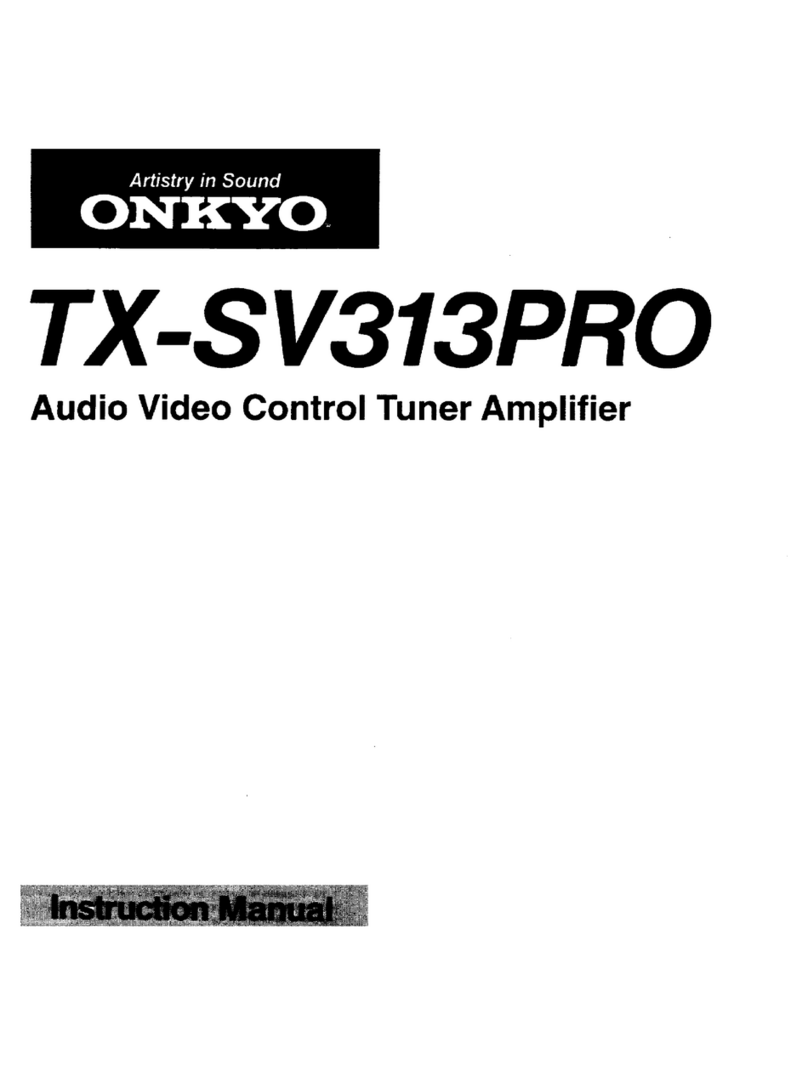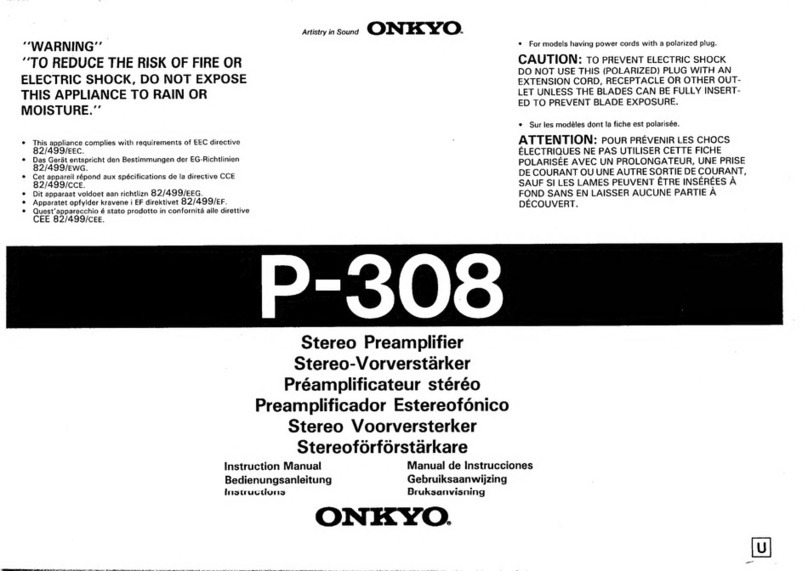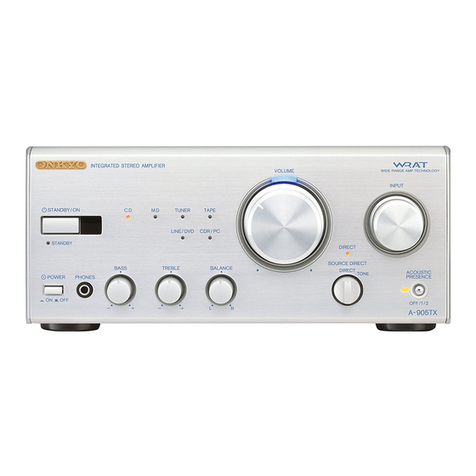Onkyo R-811RDS User manual
Other Onkyo Amplifier manuals
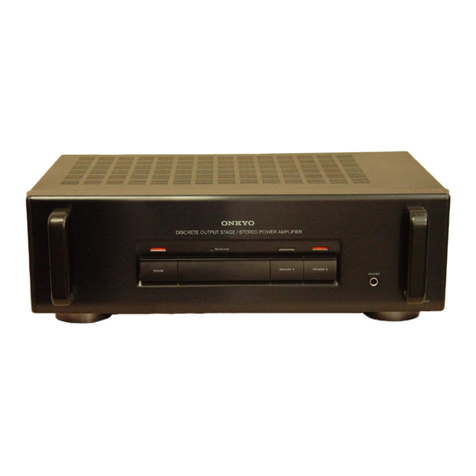
Onkyo
Onkyo M-501 User manual
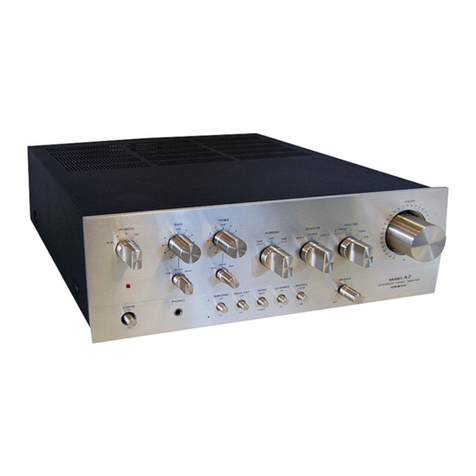
Onkyo
Onkyo A-7 User manual
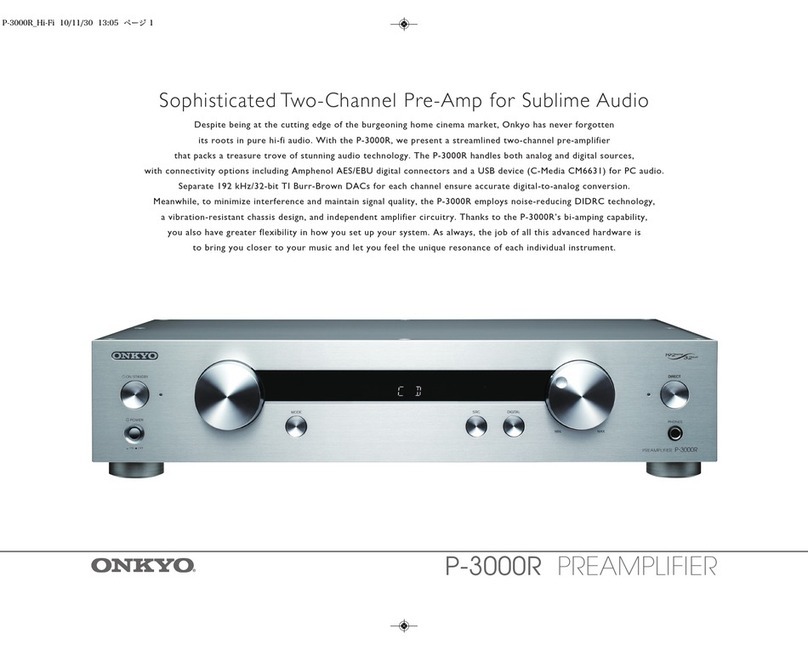
Onkyo
Onkyo P-3000R User manual

Onkyo
Onkyo M-282 - Amplifier User manual
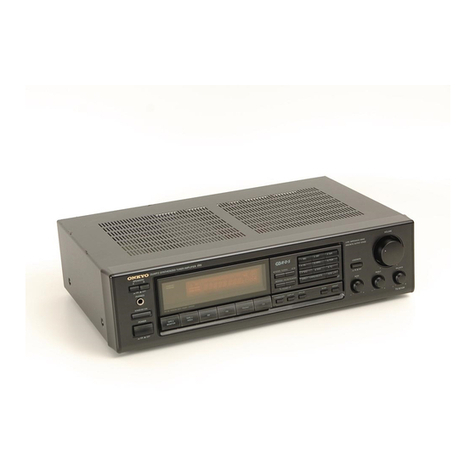
Onkyo
Onkyo TX-8210 User manual
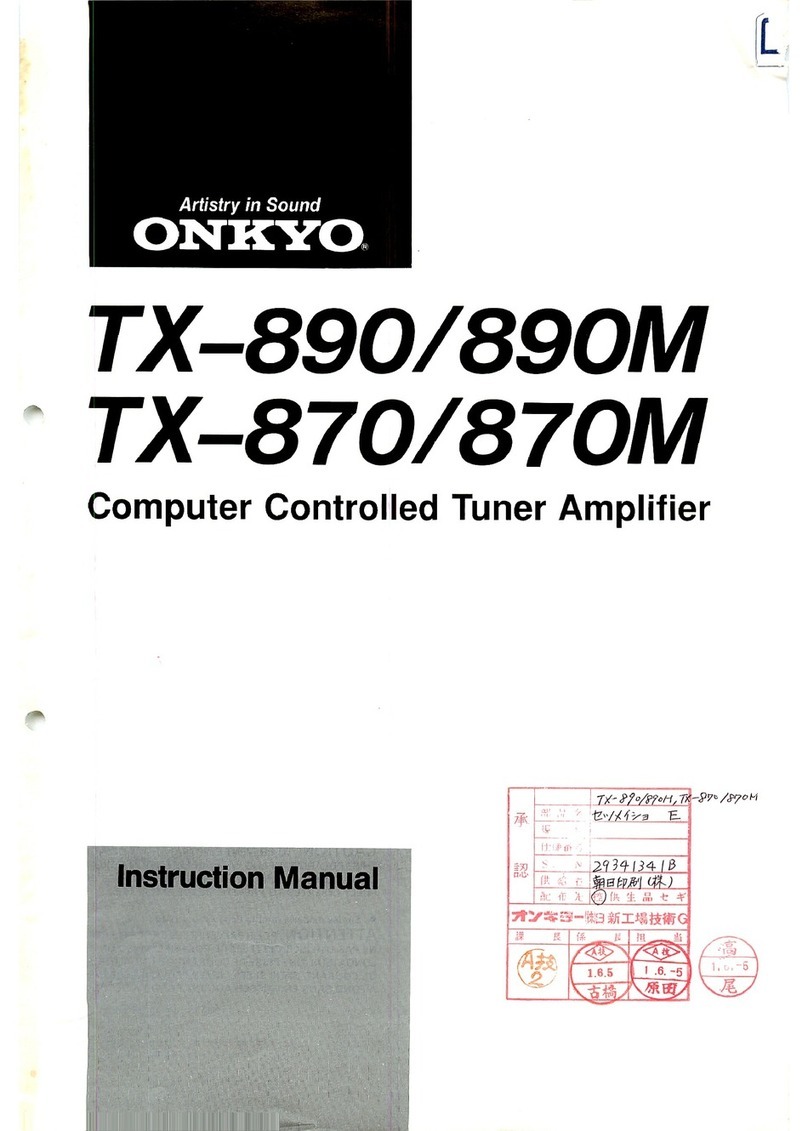
Onkyo
Onkyo TX-890 User manual

Onkyo
Onkyo A-9130 User manual
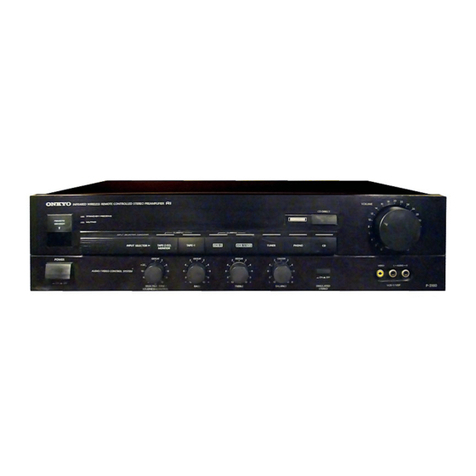
Onkyo
Onkyo P-3160 User manual
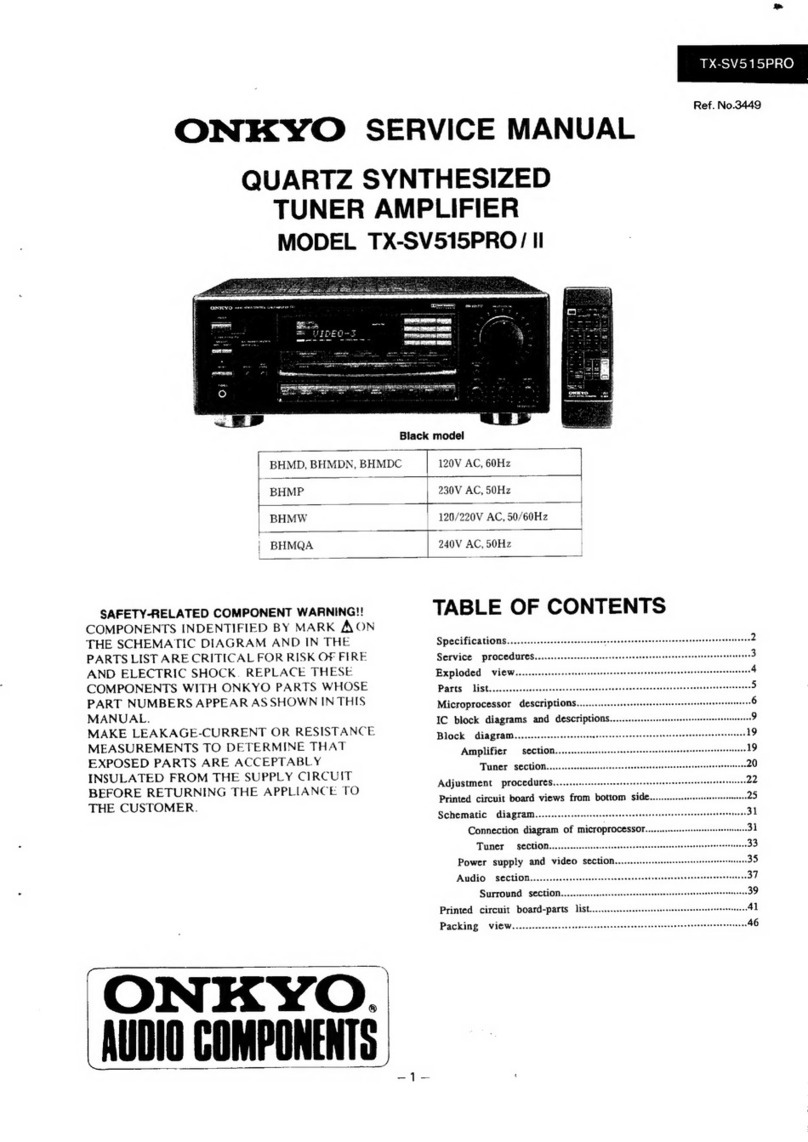
Onkyo
Onkyo TX-SV515PRO II User manual

Onkyo
Onkyo TX-904 User manual
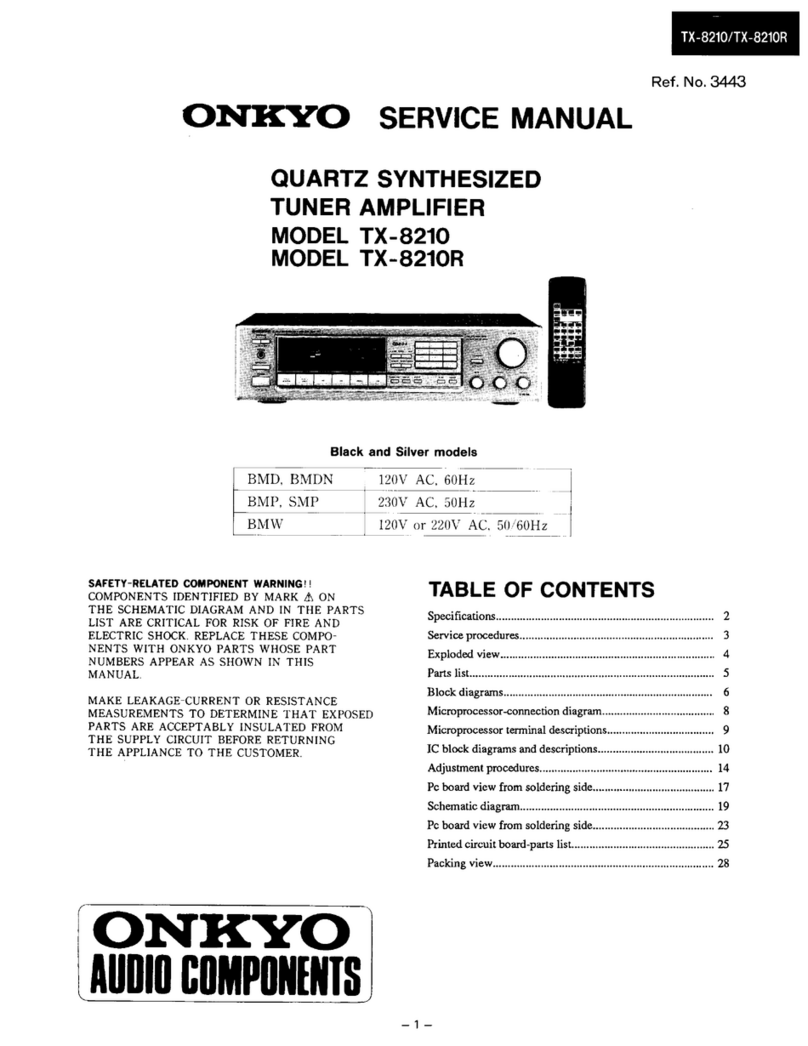
Onkyo
Onkyo TX-8210 User manual
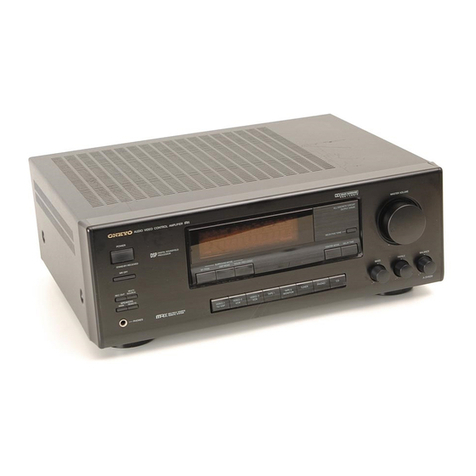
Onkyo
Onkyo AS-V620 User manual
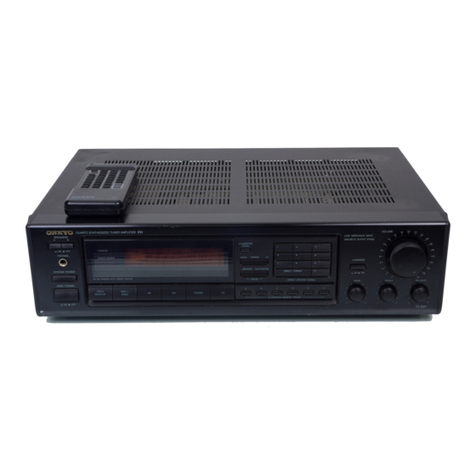
Onkyo
Onkyo TX-910 User manual
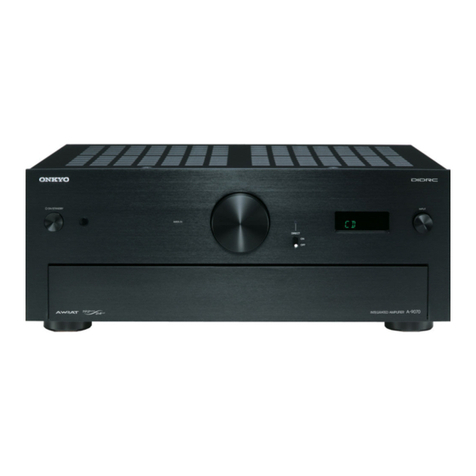
Onkyo
Onkyo A-9070 User manual
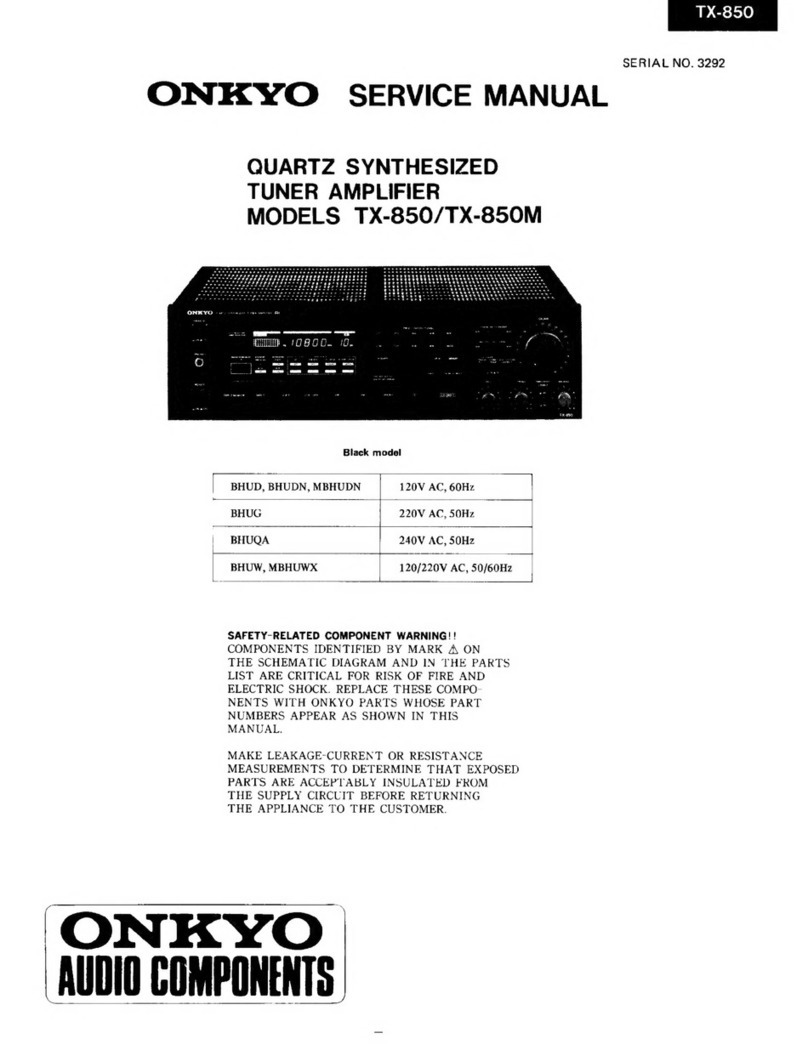
Onkyo
Onkyo TX-850 User manual
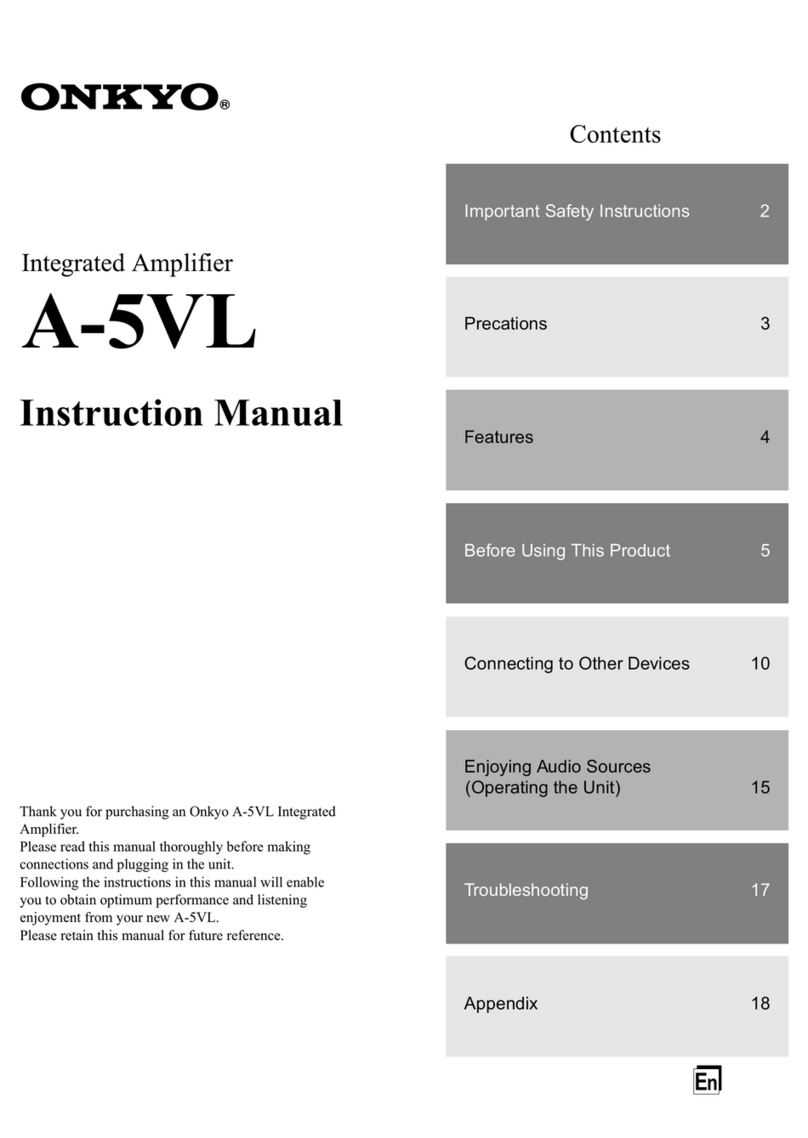
Onkyo
Onkyo A-5VL - Integrated Stereo Amplifier User manual

Onkyo
Onkyo TX-906 User manual
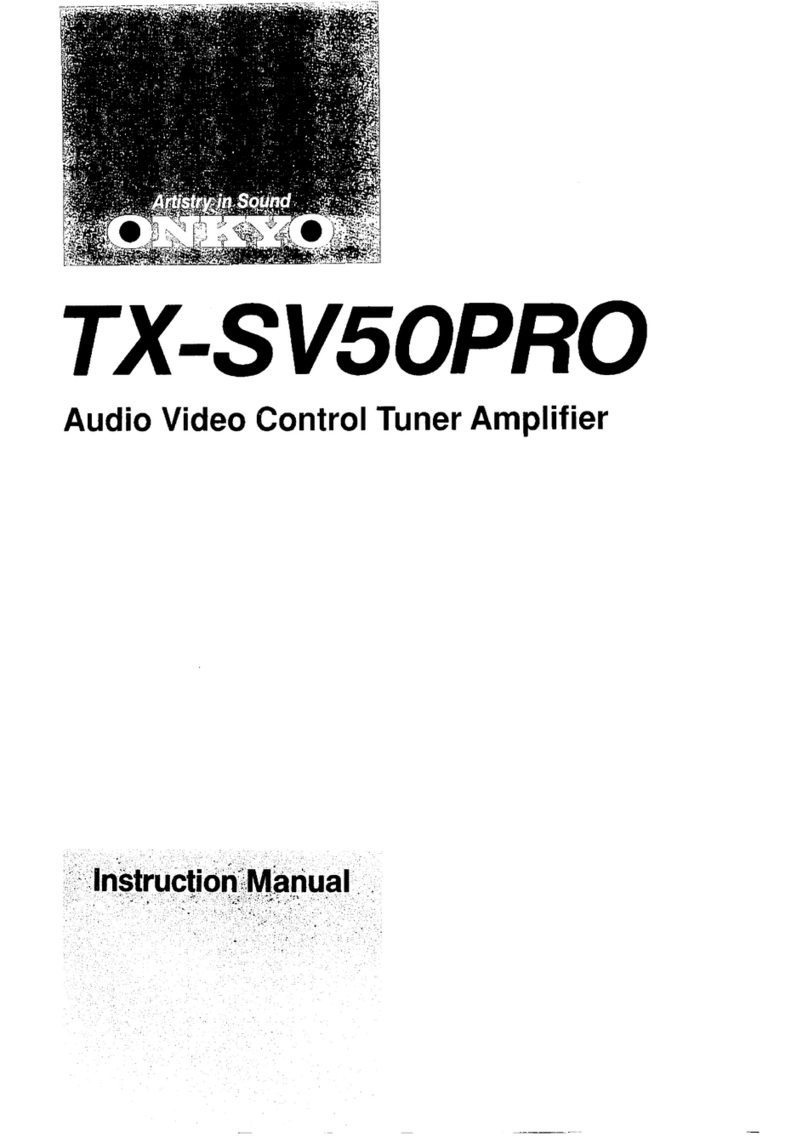
Onkyo
Onkyo TX-SV50PRO User manual
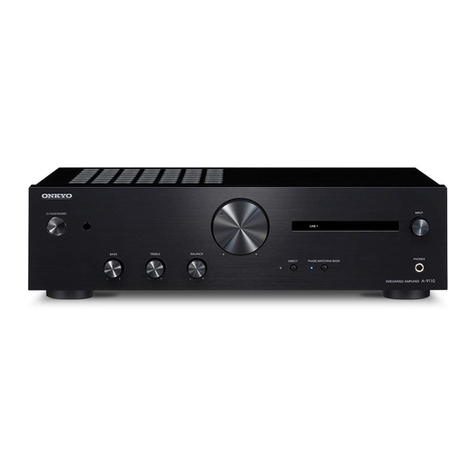
Onkyo
Onkyo A-9110 User manual
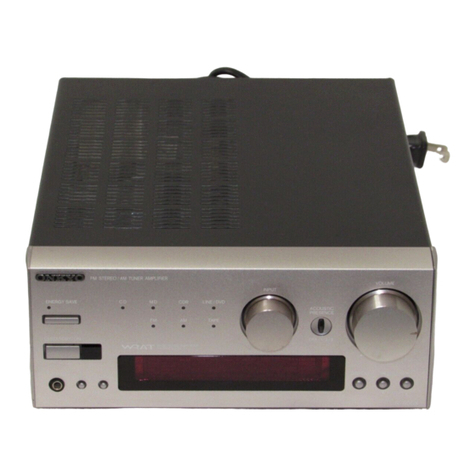
Onkyo
Onkyo R-805TX User manual
